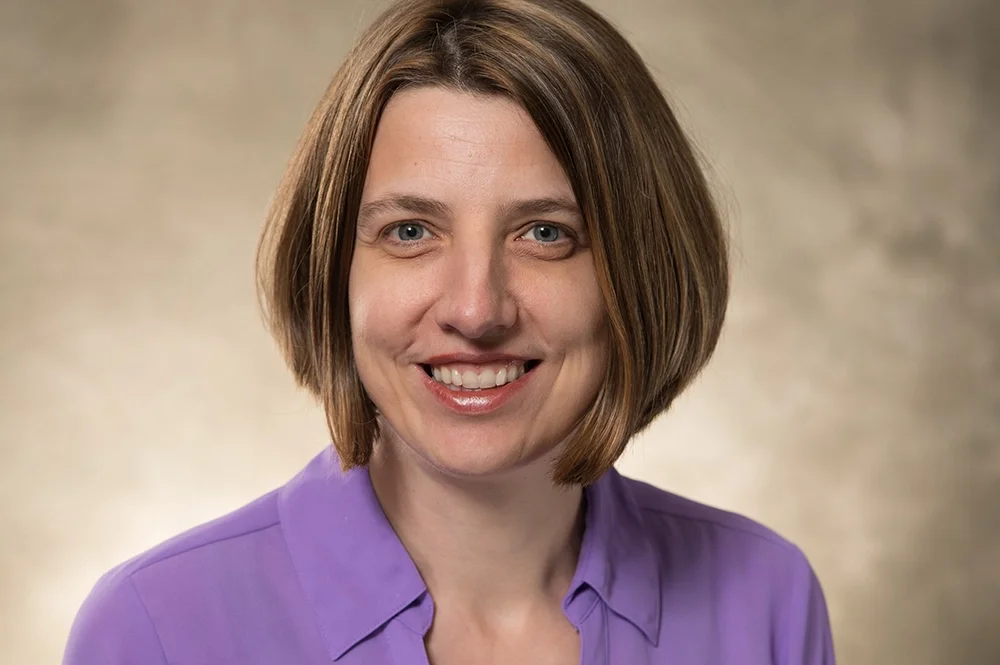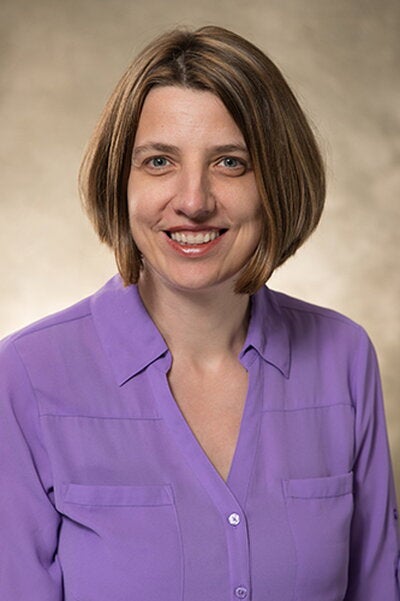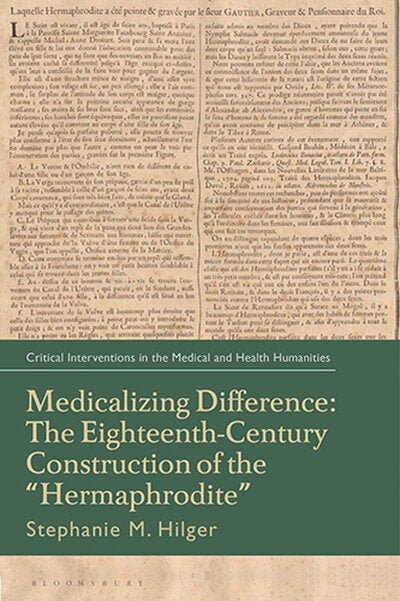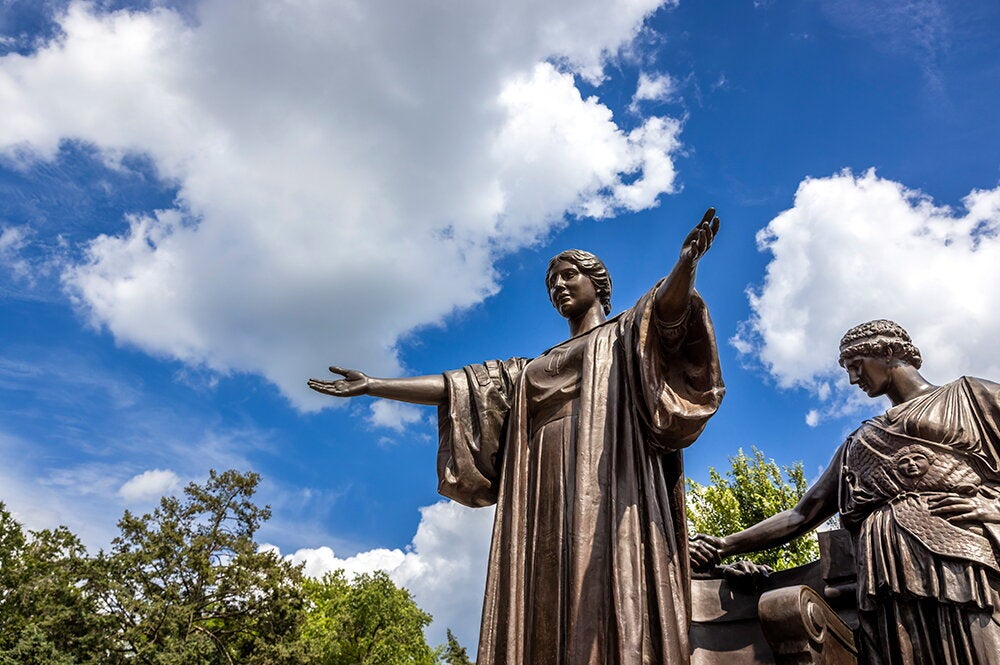

Professor Stephanie Hilger is looking at how 18th century European medical doctors shaped perceptions of “hermaphrodites”—people who were deemed to have non-normative sexual genitalia—through case histories.
Hilger’s new book, “Medicalizing difference: The eighteenth-century construction of the ‘hermaphrodite’” published by Bloomsbury, is the third by Hilger, a professor in the Department of Comparative & World Literature and the Department of Germanic Languages & Literatures. While working on her second book, “Gender and Genre: German Women Write the French Revolution,” she discovered something that inspired this book.
“My second book was about cross-dressing women in the French Revolutionary wars; dressing as a male soldier was one of the ways for women to be employed during the 18th and 19th century,” said Hilger. “As I was doing the research for that book, I came across medical texts of the time on what were called hermaphrodites.”
The book looks at how the term “hermaphrodite” was popularized through four different cases over the span of 30 years in the late 18th and early 19th centuries. The cases follow French citizen Anne Grandjean, who was born as a woman and successfully petitioned the court to live life as a man; Paris resident Michel Anne Drouart; Maria Dorothea Derrier from Berlin, who was designated a woman at birth and assumed a male identity at age 27; and an unnamed “Angolan hermaphrodite.”

Hilger describes the importance of doctors “deeming” people to be non-normative during this time. “I on purpose say ‘who were deemed to be,’ because this is what the book is ultimately about, how the medical establishment in many ways constructs what is ‘normal’ and what is not,” said Hilger.
“The hermaphrodite category in the 18th century was created for those who didn't fit the male category unambiguously, or the female category.”
Hilger struggled with the use of the word, as it is considered offensive today.
“Hermaphrodite is written in quotation marks in my book because nowadays hermaphrodite is a pejorative word, but that is the term that was used at the time,” said Hilger. “So I was really struggling with that; how do I describe something in the past for which the term that they used is no longer accurate nowadays?”
When studying the cases, Hilger wasn’t merely examining how doctors were trying to understand these individuals, but rather how the doctors who classified them shaped public perception about them.
“I was more interested in trying to see how they were constructing notions of masculinity and notions of femininity, because ultimately gender identities are constructed, and people were squeezed into this binary model,” Hilger said.
Her book explores how medical discourse shaped the binary gender model in the 18th century and continues to today. It also traces developments in the realm of medicine, which was becoming increasingly profitable during this time. Medical practitioners used the “hermaphrodite” cases as a means for advertising their practice because people were very interested, Hilger explained. It was a way for the doctors to publicize their name and credentials. In each of the four cases, doctors focused on identifying whether the individual fit in the male or female category of the gender binary.
“The line between medical discourse and popular discourse was very blurry,” said Hilger. None of the individuals being talked about had a voice in the information published about them. The public wanted to know all the details about them as well, such as what they looked like and who they were dating, which is why these case histories became bestsellers.
Drawing from these 18th century cases, Hilger considers what they say about our own future of medicine.
“Now we think we know everything, and we might ridicule what happened in the 18th century,” said Hilger. “But then you think about it. In 100 years, people might be laughing at us, at what we thought was the standard of medical care.”


